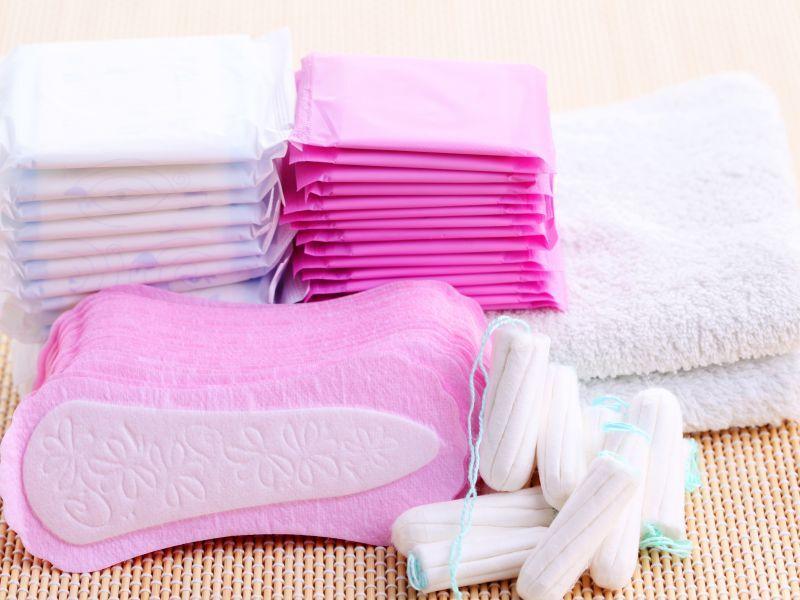This page has been automatically translated. Please refer to the page in French if needed.
Periodic protection
Intimate protection products: What are the recommendations for use of ANSES?
Publié le 19 mars 2024 - Directorate for Legal and Administrative Information (Prime Minister)
As of 1er April 2024, certain information must appear on the packaging or the package leaflet of intimate protection products (tampons, sanitary napkins, menstrual cups, pantiliners...), in particular the risk of menstrual toxic shock syndrome. The National Agency for Food, Environmental and Occupational Safety (ANSES) has published guidelines for use to mitigate this risk.

Menstrual toxic shock syndrome is an extremely rare infectious disease (about 20 cases every year in France); but it is the main risk related to the wearing of internal intimate protection (tampons, menstrual cuts...).
It is entirely possible to prevent this risk by complying with certain good practices recommended by the National Agency for Food, Environmental and Occupational Safety (ANSES), in particular:
- Wash your hands before and after each change in intimate protection;
- choose a protection with an absorbent power adapted to your menstrual flow (specific recommendations can be provided by your gynecologist);
- avoid using internal intimate protection if you have been previously diagnosed with toxic shock syndrome by a healthcare professional;
- if you use a menstrual cup, empty it regularly (every 4 to 6 hours);
- adhere to the usage guidelines for each protection, especially those regarding wearing time (typically, wear each protection for up to 6 hours; use only one protection at a time and only during menstrual periods; and at night, use external protection such as sanitary pads).
The risk of developing menstrual toxic shock syndrome is increased by
- prolonged use of the same internal intimate protection;
- and/or by the use of internal intimate protection with a higher absorption capacity than necessary.
From 1er April 2024, the packaging or package leaflet of intimate protection products must include:
- the maximum length of time to wear, for internal intimate products;
- a list of all the components of the product;
- the risk of menstrual toxic shock syndrome from the use of internal products;
- other health risks, linked inter alia to the composition of the product (in particular irritations, intolerances, allergies or micro-traumas);
- etc.
Reminder
the first symptoms of menstrual toxic shock syndrome appear within 3 to 5 days, with
- a high fever (over 39°C);
- flu-like symptoms (muscle pain, sore throat, etc.) or “gastroenteritis” (vomiting, diarrhea, etc.);
- a rash that looks like sunburn.
If there is no medical care, after a few days failures of different organs (kidney, brain, liver...) can be observed.
In case of suspected menstrual toxic shock syndrome, you are recommended to:
- Quickly remove the internal intimate protection you use.
- seek medical advice immediately, telling the doctor that you have your period and that you have used an internal intimate protection.
Please note
external intimate protection (sanitary pads, pantiliners...) has never been linked to a case of menstrual toxic shock syndrome.
Additional topics
Service-Public.fr
National Agency for Food, Environmental and Occupational Safety (ANSES)
Agenda
Apprentissage
Jusqu'au 17 mai 2024
Publié le 03 mai 2024
Impôts
À partir du 11 avr. 2024
Publié le 11 avril 2024
Prévention Covid-19
À partir du 15 avr. 2024
Publié le 18 mars 2024
Calendrier scolaire
Du 6 avr. au 12 mai 2024
Publié le 15 mars 2024

